Speaker
Description
The radiation environment outside the Earth’s magnetosphere is an issue for most space-based detectors. Highly energetic particles from the Sun can damage Charge-Coupled Devices (CCDs) by creating defects in their silicon lattice. These defects are able to trap electrons during the read out of the CCD and thus create a smearing effect that is detrimental to the scientific data.
The Centre for Electronic Imaging (CEI) CCD Charge Transfer Model (C3TM) has been created to simulate the physical processes taking place when transferring signal through a radiation damaged CCD. C3TM is a Monte Carlo model based on Shockley-Read-Hall theory, and mimics the physical properties in the CCD as closely as possible. To avoid making any analytical assumptions about the size and density of the charge cloud, the model takes device specific simulations of electron density as a direct input. It runs on a single electrode level and each trap can be specified with emission time constant, emission and capture cross sections, and three-dimensional positional information. The model is therefore also able to simulate multi-level clocking and other complex clocking schemes, such as trap pumping.
The C3TM will deliver input to the radiation correction efforts for the VISual instrument on ESA’s Euclid mission, however, the code has been made such that it can be easily be adapted to detectors for other instruments. I will present some of the results that C3TM has produced and will show how laboratory data and simulated data can be compared to further our understanding of the positions and properties of individual radiation-induced traps, and how they affect space-borne CCD performance.
